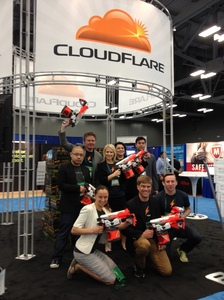Citizens of Tech 011 – Prosthetic Phone Diving
In today’s show, we acknowledge our software overlords, let the cars do the driving, investigate Lego prosthetics, deep dive on diving, and more.
Author information
The post Citizens of Tech 011 – Prosthetic Phone Diving appeared first on Packet Pushers Podcast and was written by Ethan Banks.
 Yeehaw, it's Friday! The SDxCentral roundup is here.
Yeehaw, it's Friday! The SDxCentral roundup is here.
 Cisco: Hackers are under your bed.
Cisco: Hackers are under your bed.